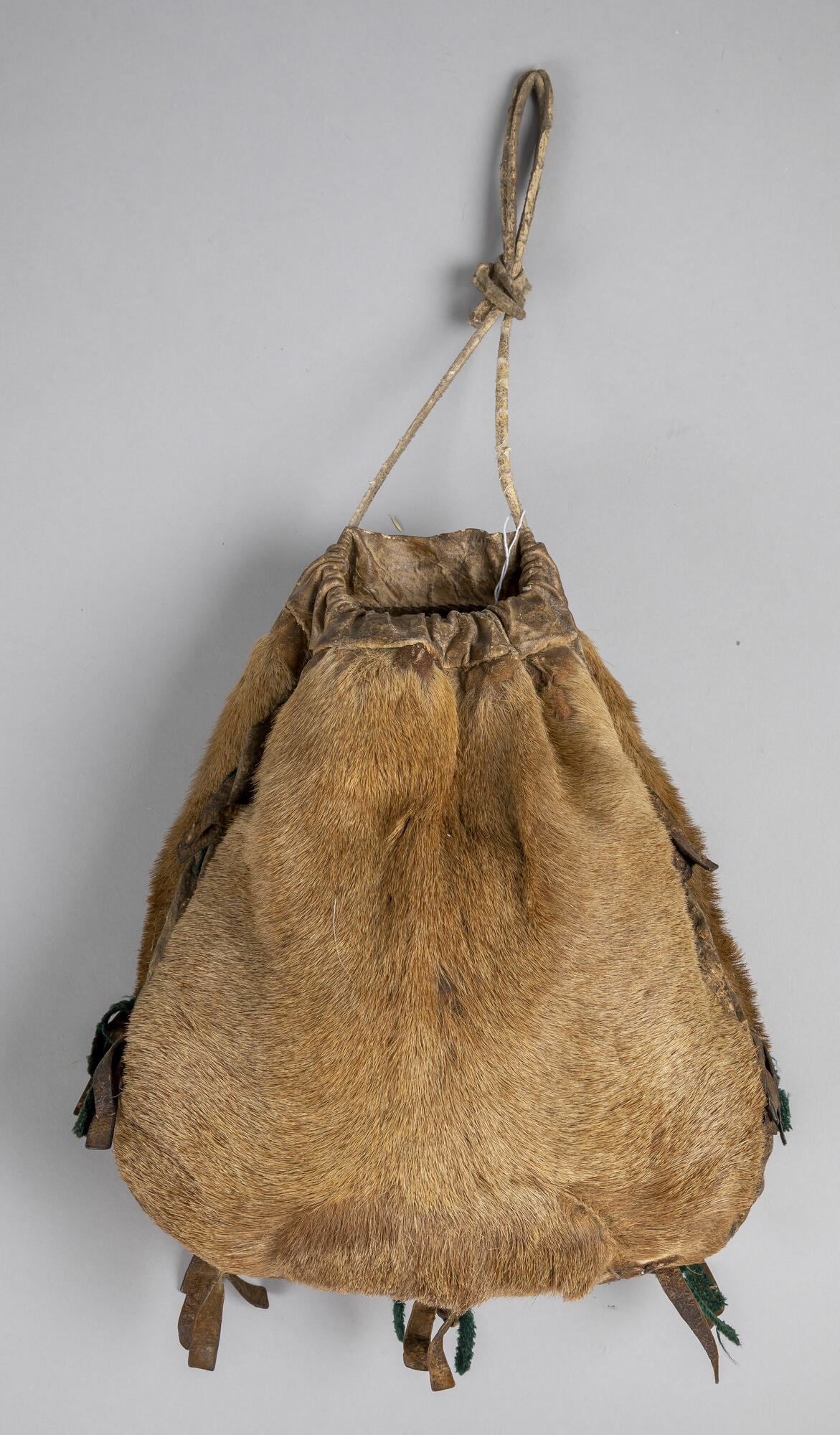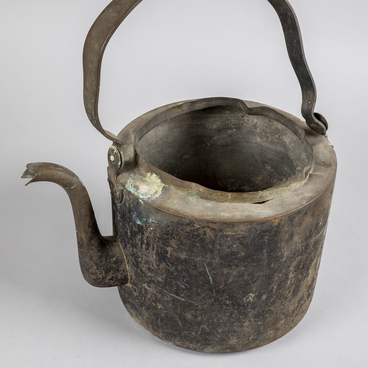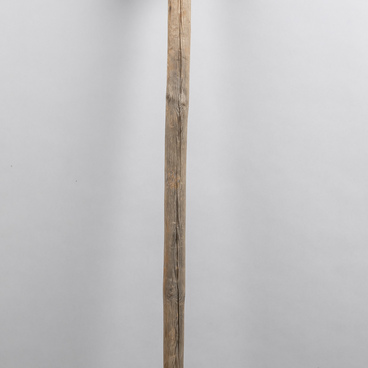A tuchan is a bag for handiwork. It varies in size from that of a large heavy duty bag to a small purse. Such bags are made of suede, leather, and cloth. Tuchan bags have no fasteners. Such bags are closed at the top with a drawstring and have small leather or suede handles.
Tuchan bags were decorated with fur and leather mosaics, patterns, beads, and metal charms that protected the owner from the influence of the dark forces of the lower world.
The peoples of the North have a different sense of beauty. To them, a beautiful woman is a craftswoman, a skilled and resourceful housewife and a caring mother. It is customary to choose the future wife not by the beauty of her face but by the beauty of her needlework. By the age of 13–15, each girl must have at least a couple of fur bags. In legends, brides are always described as “dressed in good clothes” and with a “fur bag” in their hands.
On long winter evenings, women sewed clothes for the whole family. Not a single piece of leather, fabric or fur was wasted: every scrap was stored in a tuchan bag. Inside the sewing bag, next to needles and threads, women kept their charms. Mothers also kept the umbilical cords of their children in such bags.
Regardless of where a woman was going — to the camp or to the forest — she did not part with her tuchan bag. The sewing bag accompanied the woman through all her moods and experiences. Even when the time came for her to leave this earth, the bag followed suit.
Other bags, called “hir” come in large, medium and small sizes. “Un-hir” (“big bag”) are large, long bags used as both storage and travel bags. Un-hir bags are sewn from deer fur, taken from the short-haired frontal part of its head.
Bags usually feature a decorative pattern at the front. “Wai-hir” are shoe bags made mainly of cloth that have a decorative pattern in the center. “Ai-hir” (“small handbag”) bags feature simple patterns. In Khanty culture, handbags are the most diverse when it comes to decorations. This is an exclusively women’s accessory — in both production and use. In traditional cultures, each woman has at least ten bags of different kinds.






